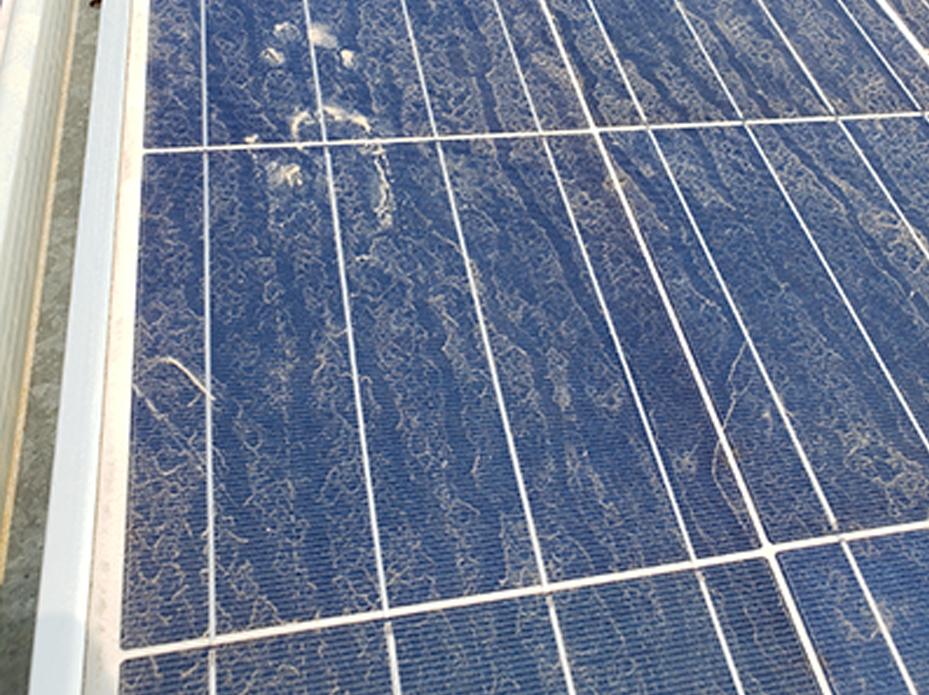
Seed Funding Helps Duke Research Collaborations Flourish
Many Duke faculty members have leveraged seed funding from interdisciplinary units or the Office of the Provost to advance their research, create strong proposals for longer-term external grants, inform public decision-making and generate start-ups. Here are four highlights from the Provost’s Collaboratories program, which supported groups of faculty whose engaged research targets societal challenges.
Minimizing the Influence of Air Pollution on Solar Energy Production
Air pollution has dramatic impacts on both climate and human health. It also reduces solar energy production by as much as 40 percent in some regions, lowering cost effectiveness and access to renewable energy.
Solar panels generate at maximum capacity when the sun shines brightly, but over time, dirt and grime reduce light reaching the cells. Solar panel soiling can diminish peak electricity production by 10 to 40 percent in a matter of weeks. The phenomenon is responsible for an estimated $10 billion in losses annually.
Led by Michael Bergin, Sternberg Family Professor of Civil & Environmental Engineering, this collaboratory set out to assess the regional impacts of air pollution on solar energy production, determine strategies to minimize the influence of particulates on solar energy production, and develop and test novel surfaces and coatings.

This work resulted in several highly cited research papers that have developed predictive models and sensors to increase the efficiency of solar energy production. Faculty members trained numerous graduate and undergraduate students who are now working in the solar industry. The seed grant also fostered collaborations across Duke that are flourishing today. External grants include a recent Small Business Innovation Research (SBIR) grant.
With Bergin’s guidance, Ph.D. student Michael Valerino focused on the science of soiling, with a broader goal of developing solutions that could be applied in industry and advance the global drive toward renewable energy. He won Duke’s Clean Energy Prize for his role in developing an interactive, data-driven platform aimed at reducing dust-related solar energy losses.
The related startup company, Solar Unsoiled, was chosen to be part of the Techstars global startup network.
“This project would not even be possible if it were approached from just one angle,” Valerino said. “Getting to collaborate closely with environmental engineers, climate scientists, computer scientists, electrical engineers and economists has been my favorite part of this project.”
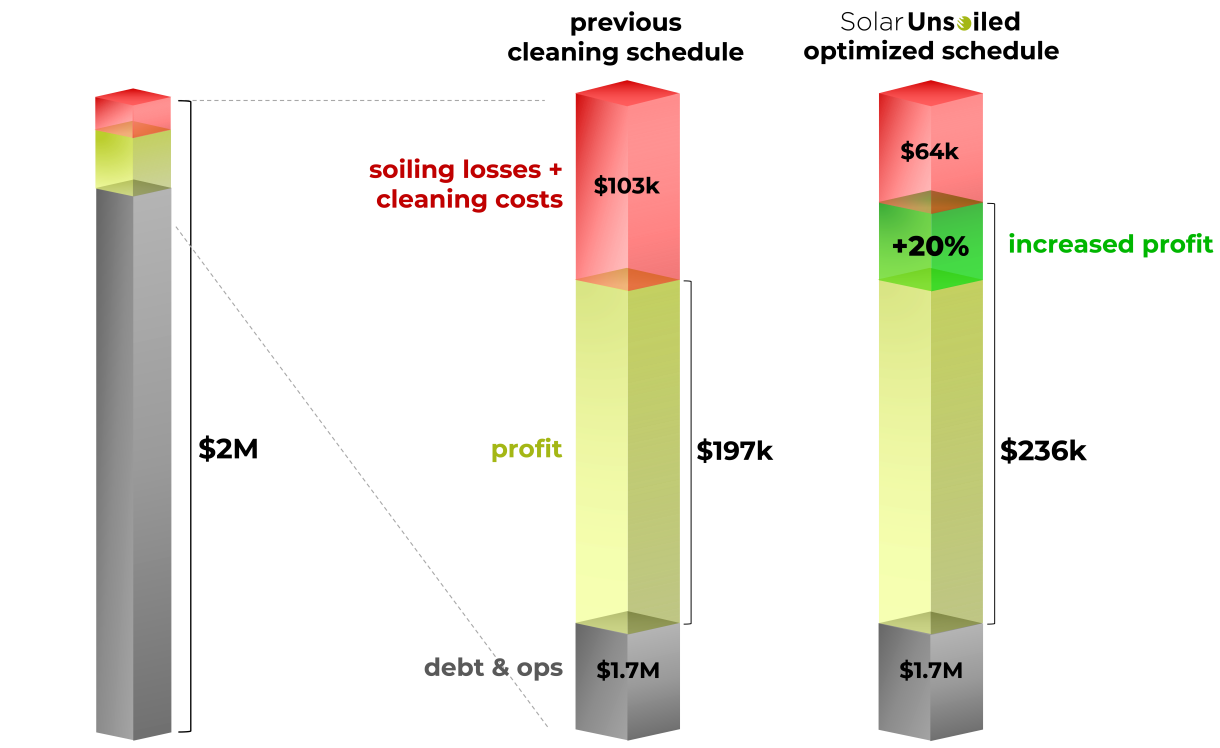
Drinking Water Contamination in North Carolina
Research conducted by Duke and other local universities over the past few years found that the Haw River is contaminated with several types of human-made chemicals. This river provides drinking water for several communities in the Piedmont area, particularly the City of Pittsboro. Unfortunately, some of these chemicals make their way through drinking water treatment and end up in local tap water. One such class of chemicals are called poly- and perfluoroalkyl substances (PFAS).
In 2018, the state legislature appropriated several million dollars for testing all surface waters across the state. Despite broad documentation of PFAS contamination, no funding was included to evaluate health impacts on affected communities or to identify sources.
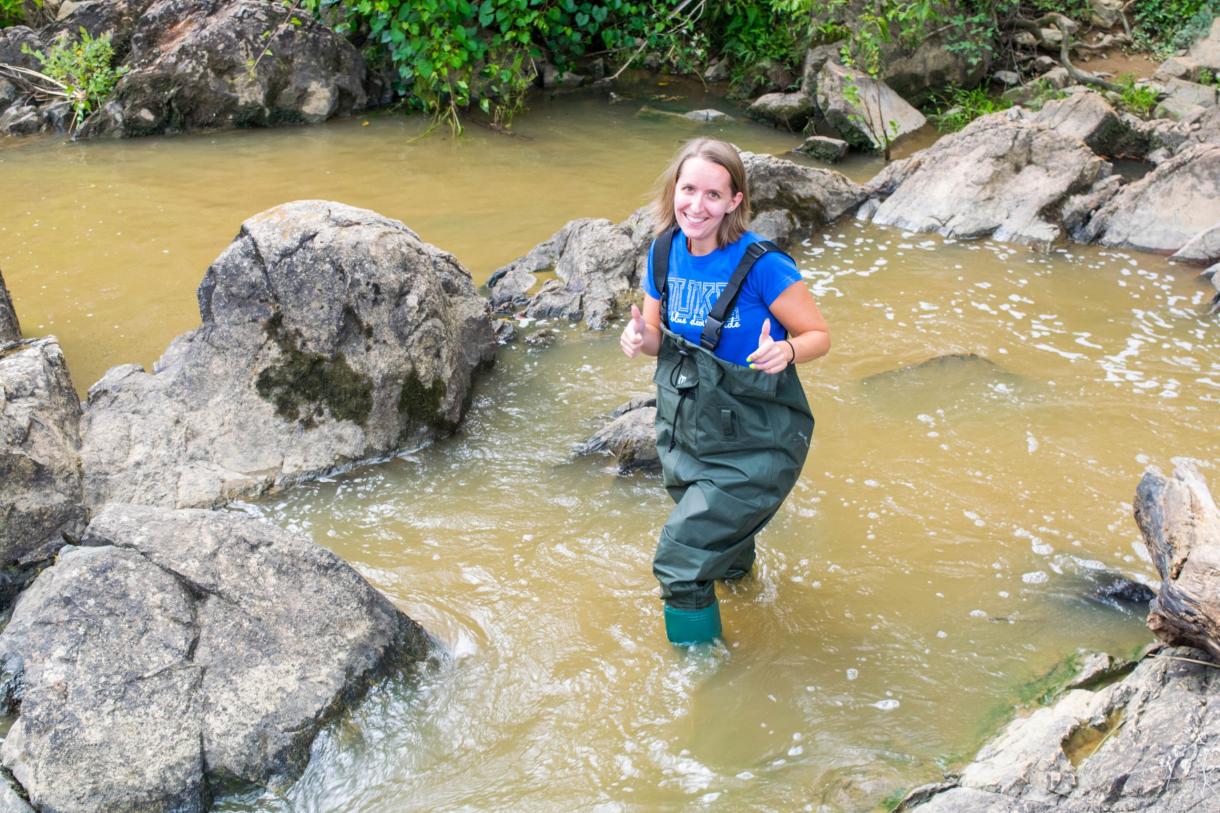
Led by Heather Stapleton, Ronie-Richele Garcia-Johnson Distinguished Professor of Environmental Sciences and Policy, this collaboratory conducted a study to understand the source of PFAS in the Haw River and determine if this contamination is leading to exposure in Pittsboro residents. PFAS levels in Pittsboro drinking water have been higher than the enforceable levels set by other states such as New Hampshire on several occasions.
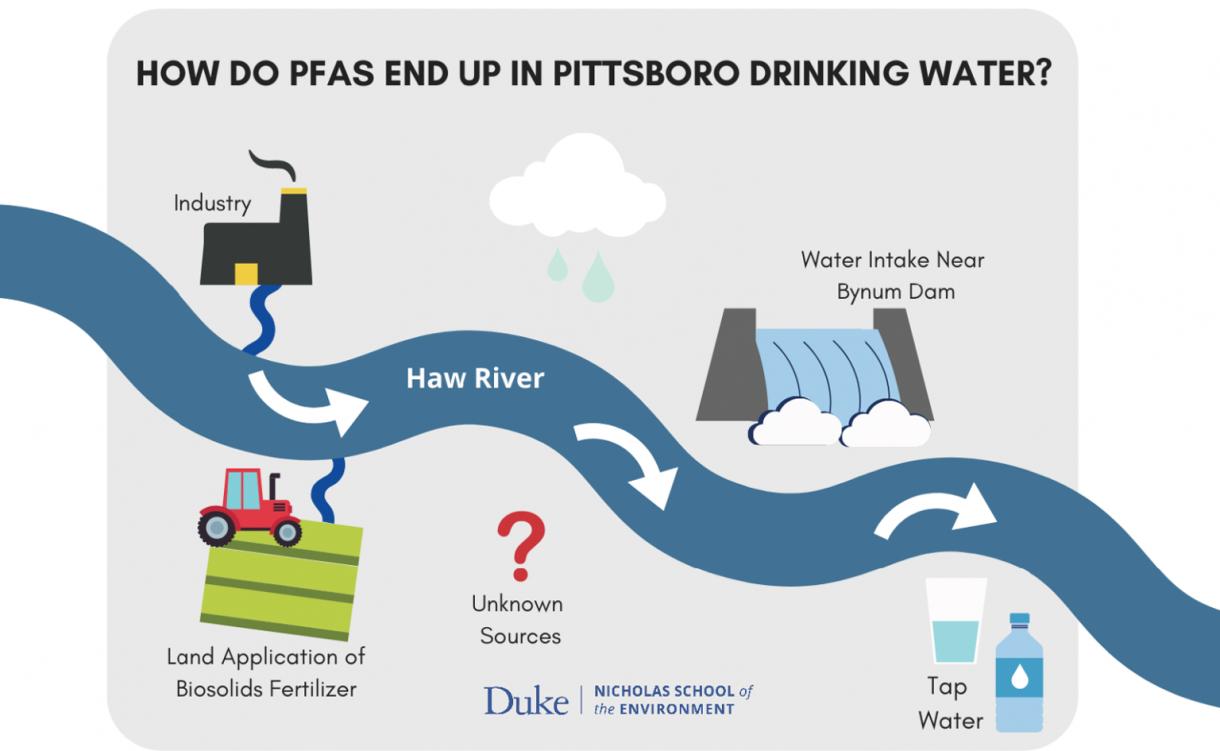
Many community members provided samples and feedback for the study.
“We completed all our aims, published several papers and gave several town halls to the local community to share our findings,” Stapleton said. “I continue to support and participate in town hall meetings in Pittsboro as this topic is still a concern.”
Infectious Disease Transmission Pathways
Zoonotic diseases are caused by germs that are spread from animals to people and can lead to serious illness or death. Some of the most worrisome include avian flu, COVID-19 and Ebola virus. According to Gavi, the Vaccine Alliance, as many as three fourths of new or emerging infectious diseases are zoonotic.
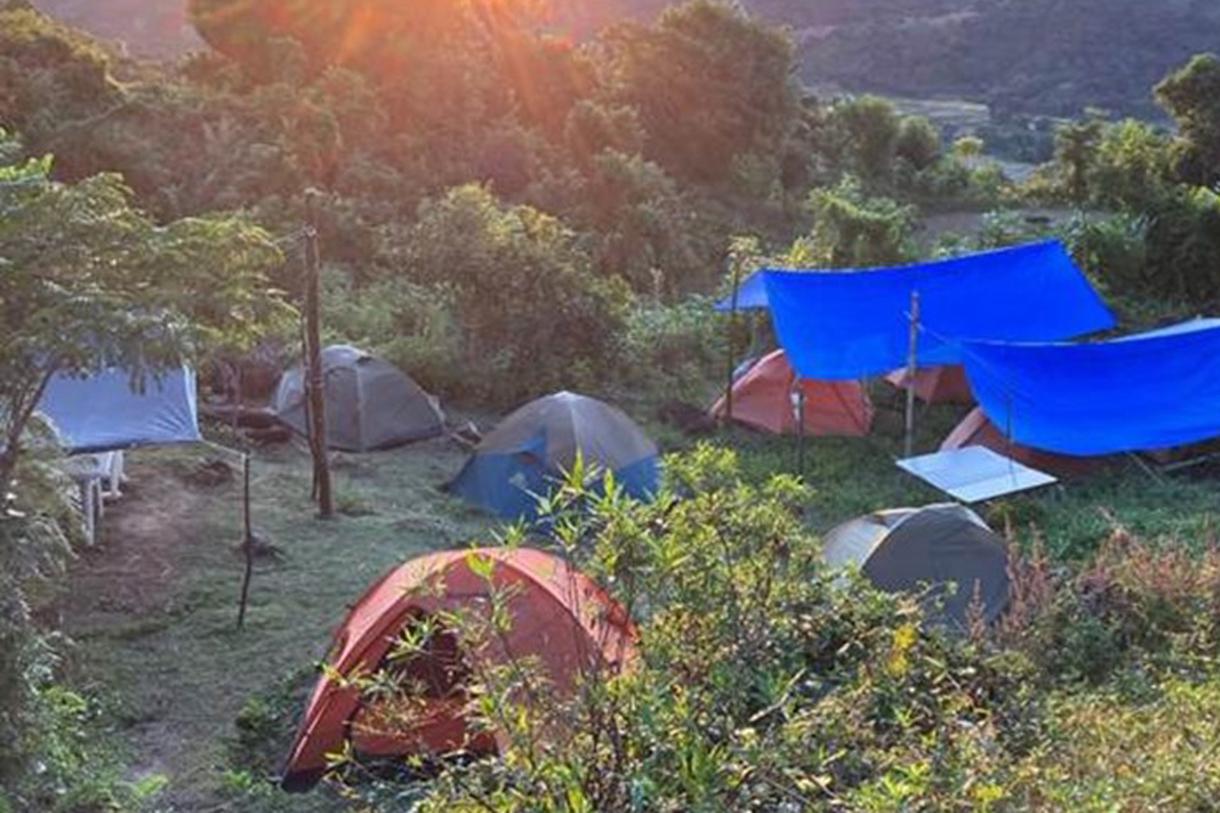
Charles Nunn, Gosnell Family Professor in Global Health and professor of evolutionary anthropology, and his collaboratory probed the ecological context of zoonotic disease and identified the factors that drive some people to have more exposure to infectious diseases than others.
Building on a Bass Connections project in Madagascar, team members have worked in rural Madagascar, at Duke-NUS Medical School in Singapore and in Durham, collecting and analyzing blood samples from humans and animals and conducting surveys to gather social network and household data, before publishing their work.
Their research has been supported by additional funding, including a $2.5 million NIH grant in the Ecology and Evolution of Infectious Disease program, with supplemental funds through the Climate Change and Health Initiative.
The team has produced multiple papers, including one related to a study of hantaviruses (zoonotic pathogens capable of causing fatal disease in humans) that provides new insights into exposure risk for people in areas undergoing rapid land use transformations associated with agricultural practices.
The collaboratory further laid the foundations for a new partnership with Linfa Wang at Duke NUS, which led to a $3 million grant funded by the NSF. The partnership has generated intriguing results about possible pathogens in the system, including an unexpected zoonotic virus that exists at high prevalence in human populations. The integration of social network analysis has opened new ways to track the transmission of this virus.
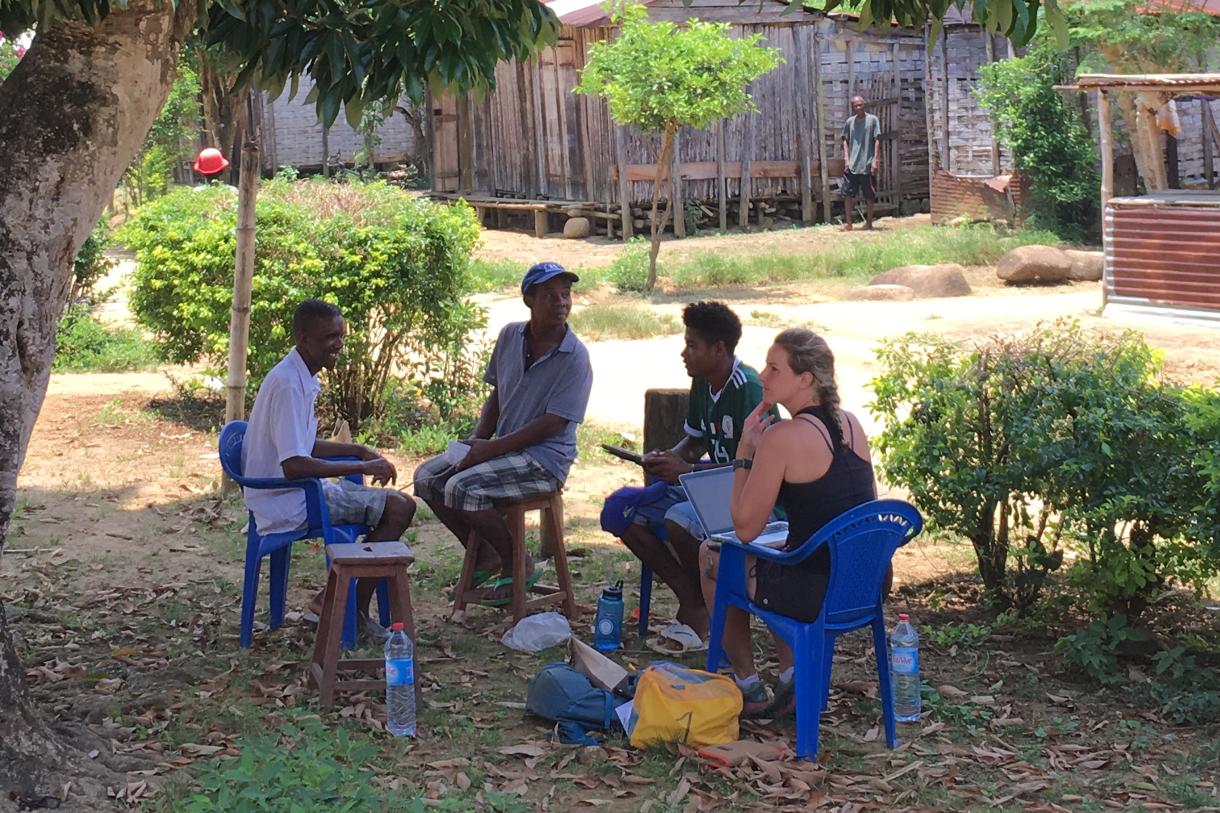
“It is worth noting the outstanding opportunities this research and collaboratory has provided to graduate students at Duke and at other universities domestically and internationally, including via our partners in Madagascar,” said Nunn. “One Malagasy Ph.D. student has completed his work, and another has work ongoing, along with two Malagasy postdocs.”
Understanding Political Polarization
About 72 percent of Americans use social media for more than two hours each day. To what extent does all this time we spend on popular platforms like Facebook and Instagram contribute to political polarization?
Three Duke faculty members founded The Polarization Lab to find out. Co-directors Christopher Bail, professor of sociology, Sunshine Hillygus, professor of political science, and Alexander Volfovsky, associate professor of statistical science, lead a team of social scientists, computer scientists and statisticians to examine how social media shapes political polarization and translate their research into tools we can use to decrease polarization and find commonality.
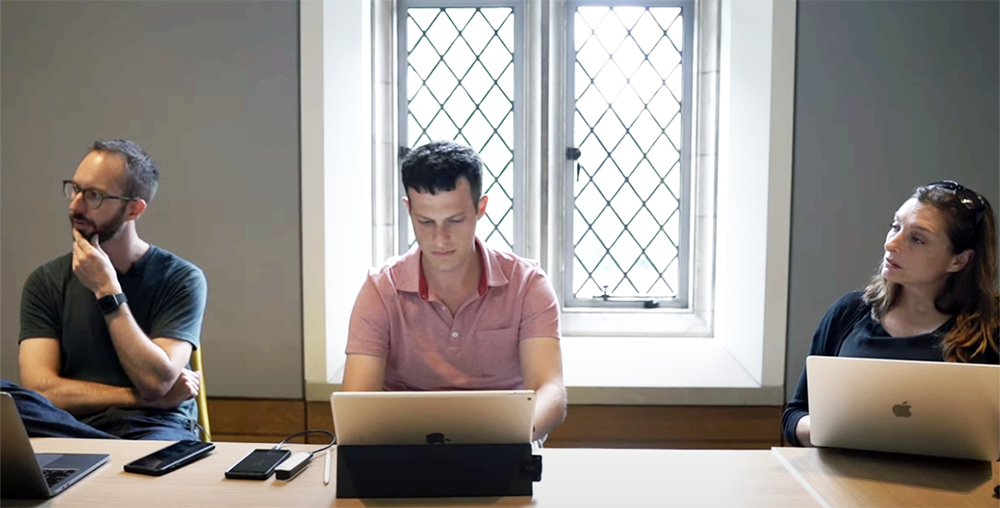
The lab has secured a steady stream of funding, including a $4 million grant from the Minerva Research Initiative of the U.S. Army Research Office to analyze the impact of generative AI on public trust, and other grants from the NSF, Templeton World Charity Foundation, Russell Sage Foundation, Guggenheim Foundation, Google, Twitter and Facebook’s Foundational Integrity Research program.
In a groundbreaking study in PNAS, covered by 40 media outlets, Bail and his team found that when people are exposed to opposing views on social media, political polarization can actually increase. The team went on to explore how Russia’s campaign of social media influence affected Americans’ political attitudes and behaviors, and concluded that interacting with the Russian accounts did not have a substantial impact on people. The lab continues to share its findings widely, including in a PBS segment by Judy Woodruff.
The Polarization Lab now consists of around 25 team members, including Duke faculty, postdocs and Ph.D. students that have conducted additional studies and published a dozen articles as well as a book (“Breaking the Social Media Prism: How to Make our Platforms Less Polarizing”). They have additional articles in the works, including a piece slated for Nature Human Behavior.